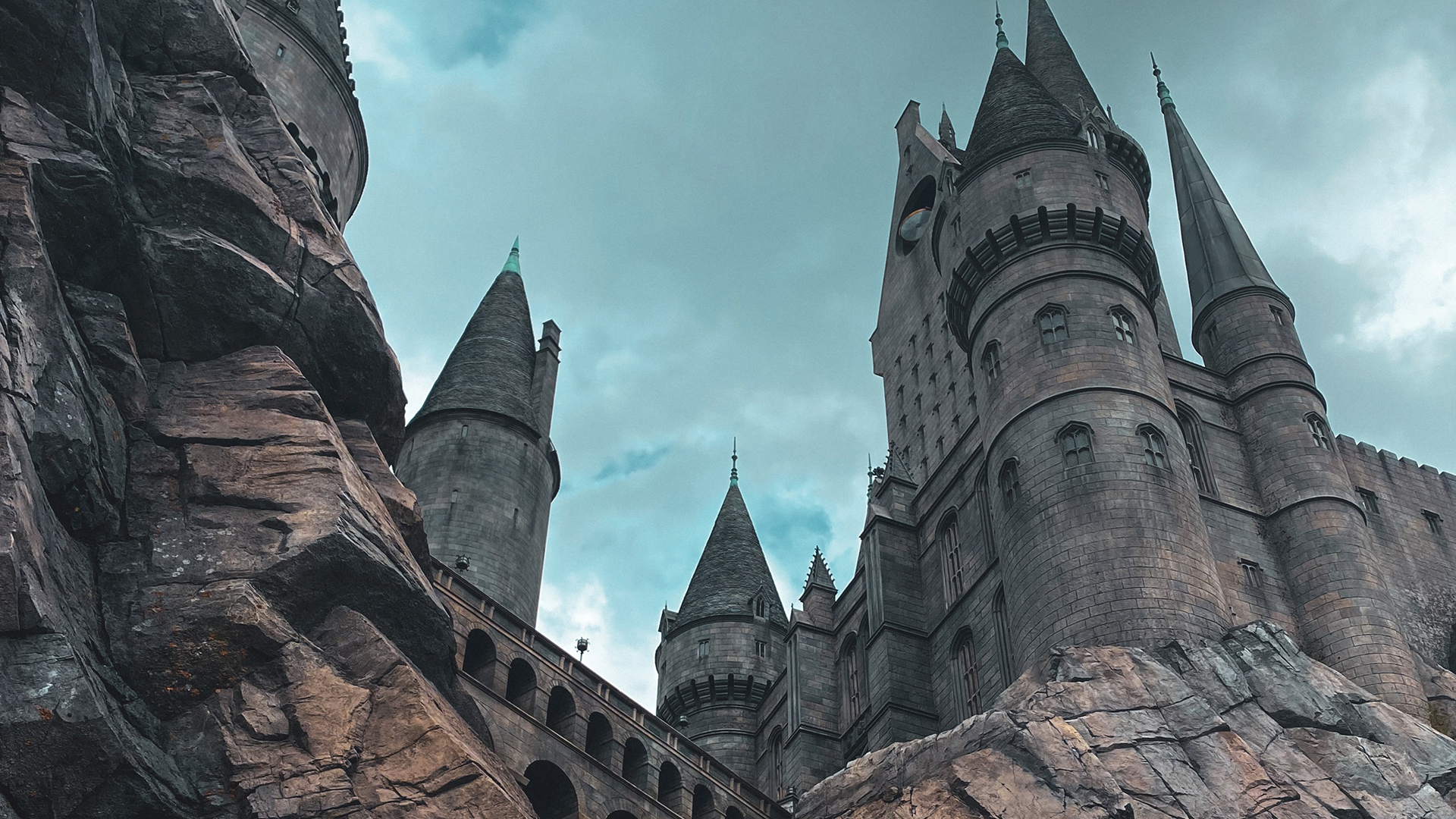Storytelling can make or break an immersive experience, says Disney Imagineer Theron Skees – whether your medium is TV, film, or, in his case, creating themed attractions and experiences that transcend demographics.
Recently, I was asked the question, “Is storytelling as important to themed attractions as it is to a film or TV show?”
I believe that storytelling is a way of communication that has many different routes of delivery. From the earliest times in human history, storytelling was accomplished verbally and with simple drawings, human-to-human. The medium of film and television gives us the ability to communicate a story, in two dimensions, to millions of people at the same time.
Just like a great book, a film or TV show can draw an audience into the story and make emotional connections. When watching a story unfold on the screen, the audience travels through the narrative at the pace the director has chosen. All of the scenes, characters and actions unfold as the director has established. The same is true of how an author guides a reader through a novel.
A story establishes a theme, which is the general meaning of the story or what audiences take away from the experience. Therefore having a centralised theme helps creative professionals produce stories within physical environments. For example, if you are creating an environment with the theme of “adventure”, what elements would you add to the space to give the audience the overarching experience of adventure? You can see how understanding the theme can affect choices like materials, lighting, props and scenery.
Taking in the dimensions
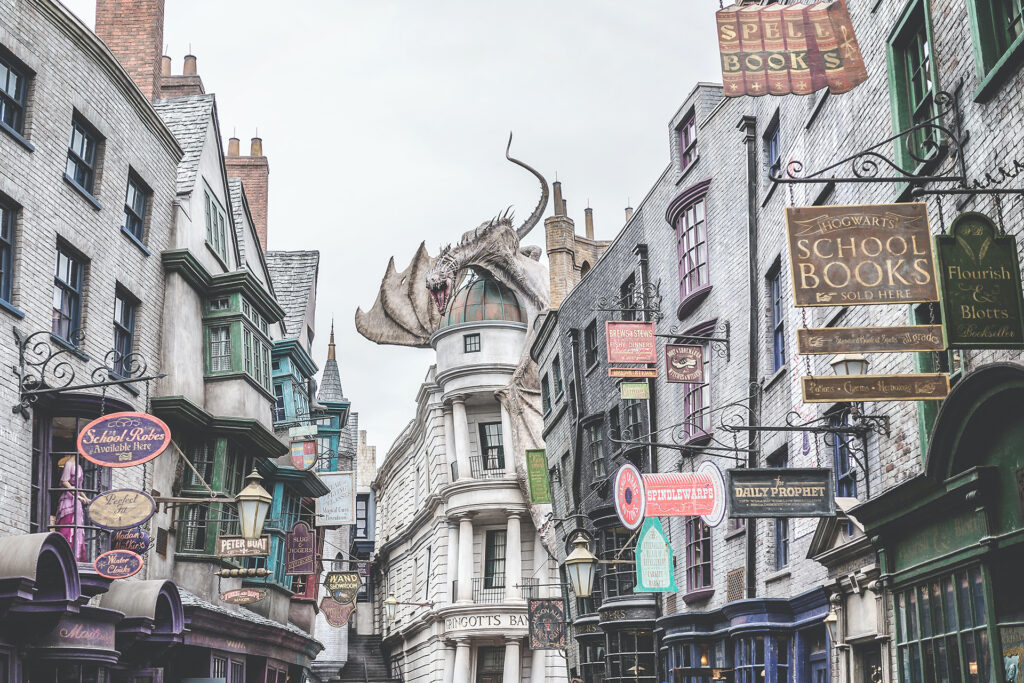
In a dimensional themed experience, we have to create an entire place that is filled with characters, based on a period and suggested action. The visitor then creates their story with the information we have provided: they can interact within this space for as long as they choose. They can also physically touch elements within the space, so they have to be authentic to the story we have established. This is something that the audience cannot do with film and TV.
A themed experience also has to operate 365 days a year for 15-18 hours a day. Therefore the quality of that story experience has to be maintained – every visitor has to have the opportunity to enjoy the story at its very best.
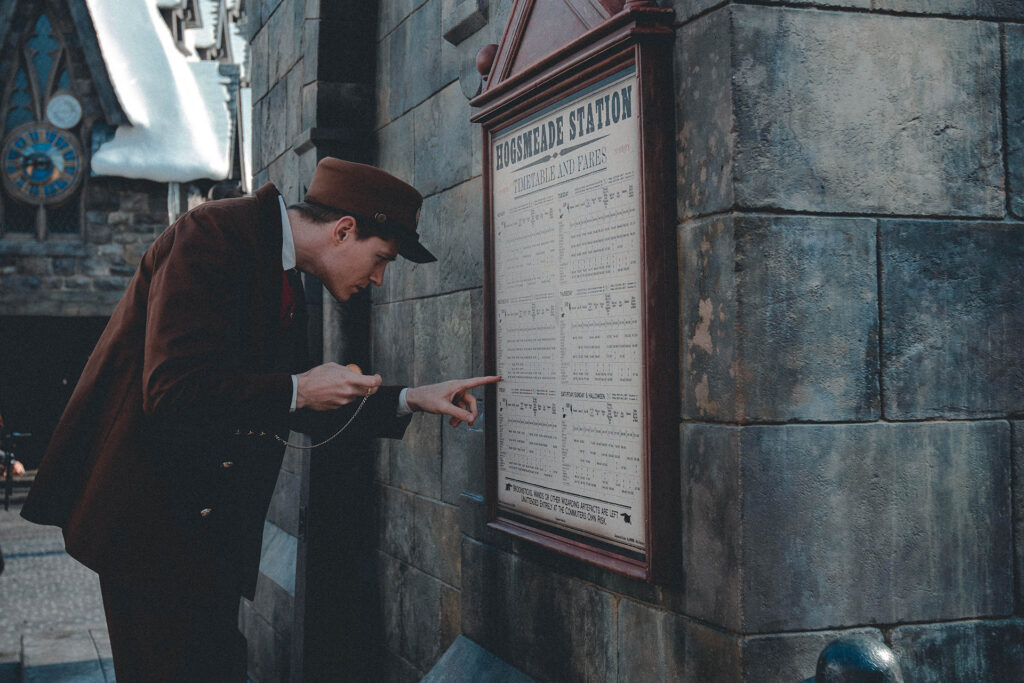
For theme park designers, this means representing the details of a story in every element of the experience. Take, for example, a themed restaurant at Disney where every dish is named after a beloved character, Harry Potter being brought to life at Universal, and a Middle Eastern waterpark in which each ride tells a piece of a story about a young Emirati girl retrieving an important pearl for her village.
None of these mediums is better than the other. On the contrary, they all have their unique value for telling stories. Just as it takes place in a book, the story provides the greatest opportunity for an individual experience because it takes place in the imagination of the reader.
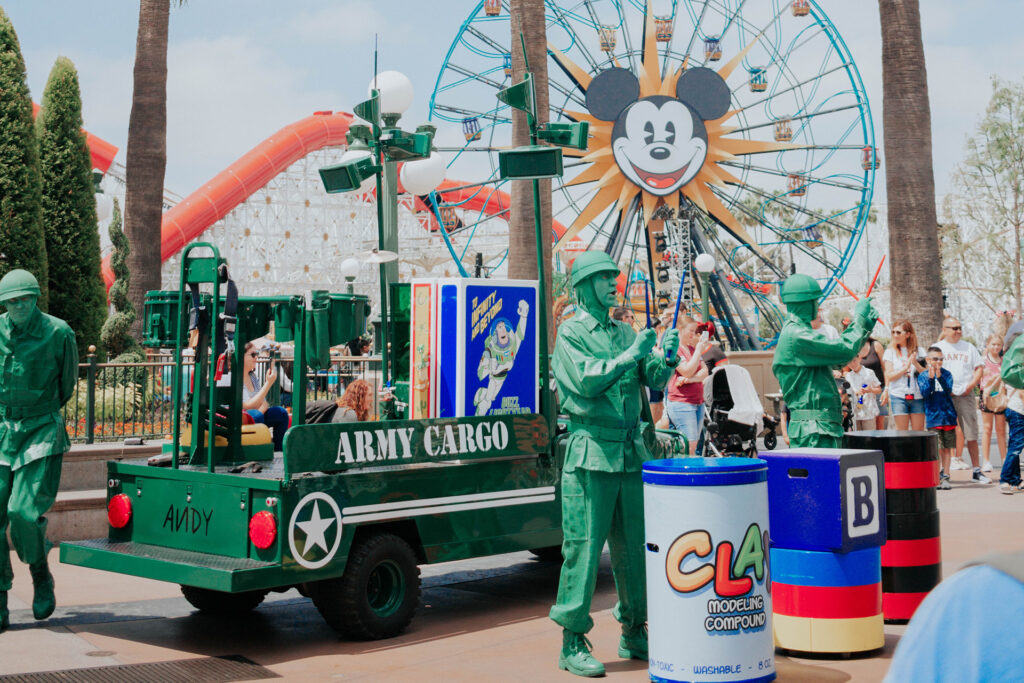
As experienced in film and television, audiences go through the story visually in two dimensions. With current film-making technology directors can create incredible worlds that are not limited to the bounds of reality. Great stories have universal themes that dramatise value-laden principles of life applicable to everyone. This is perfectly suited to themed experiences because the audience ranges from the youngest to the oldest in our society!
Turning imagination into reality
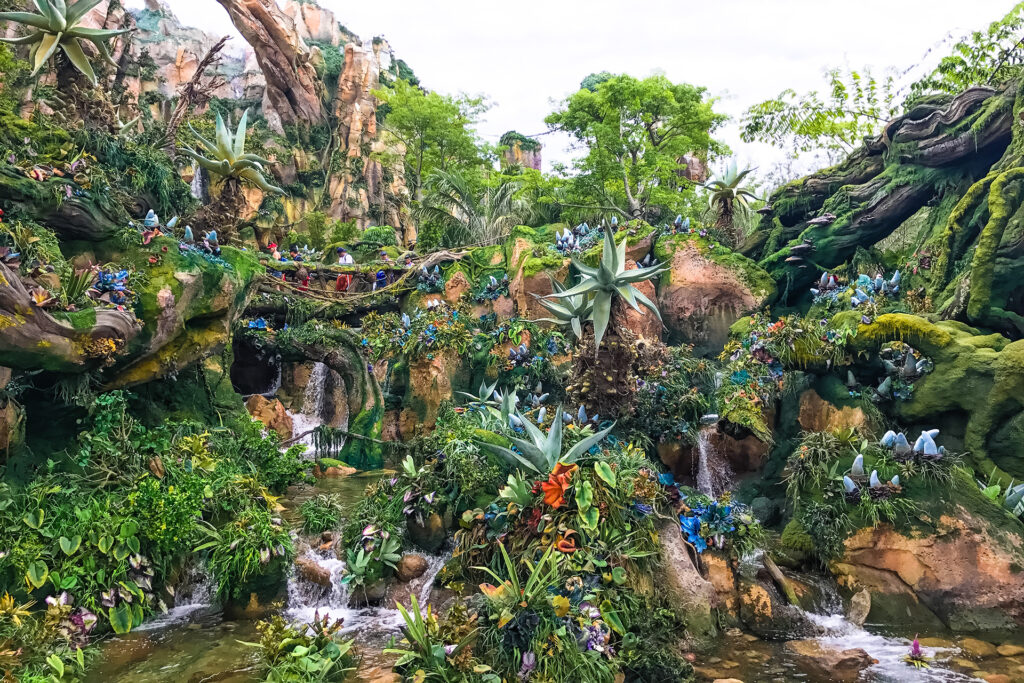
It takes years to build great themed experiences, and what makes them so unique is that each element is carefully chosen to bring the story to life and connect with audiences who would enjoy it. I recommend investing time upfront to understand what audiences want and how you can deliver that emotional experience.
Establishing strong narrative structures, guiding audiences through thematic arcs, and using technologies that help storytellers connect emotionally all contribute to this effort. The use of an emotionally engaging experience has now gone far beyond just themed experiences, movies and TV; it’s now present within most retail brands and even dining experiences. These brands don’t necessarily sell products as much as they sell an experience related to their brands.
Themed experiences can be created to match what audiences have seen on film and television; however, it takes a larger investment of time and money. It also takes a commitment from the whole business organisation to maintain this environment so it consistently delivers on the story as originally seen in a film.
It should now be apparent that there is great importance for the story to be used in all mediums. However, the requirements and elements that are used for each of these mediums can vary. Currently, the story is being used for more than just themed attractions, film and television, but are expressed within many brands as well.
Never stop pursuing the idea of “story” and how to express that message uniquely to your audience, as this is the key to your success.
This piece appeared on Planet Attractions.
About the Author
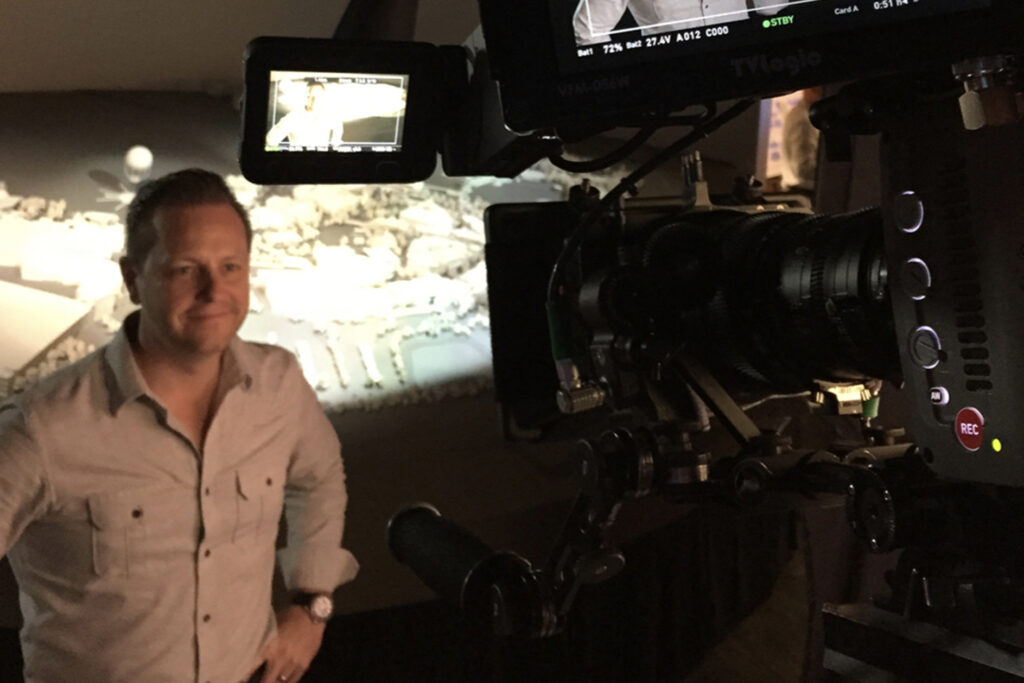
A Disney Imagineer for more than 22 years, Theron Skees has most recently overseen the Disney Cruise Line, with previous projects also including the transformation of Disney Springs, the Tower of Terror and the growth of Hong Kong Disneyland. His latest venture – The Designer’s Creative Studio – sees him offering courses and coaching for anyone wanting to find their dream role in themed entertainment. For more information about the Designer’s Creative Studio, click here.
To get more insights from experts in the Experience Economy and members of our Founding Circle – and to be the first to know about our membership programme, events and more – sign up to the WXO community here.

